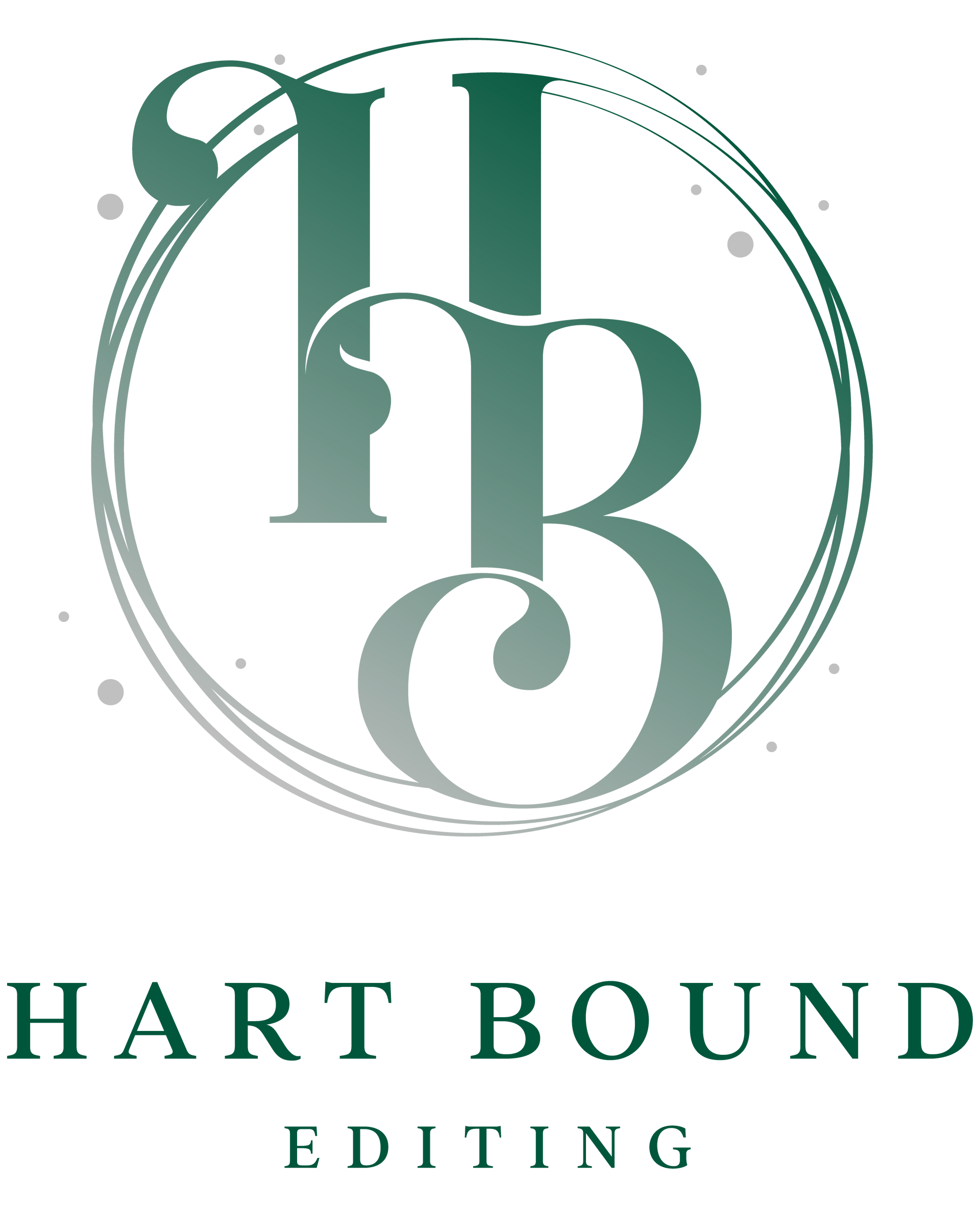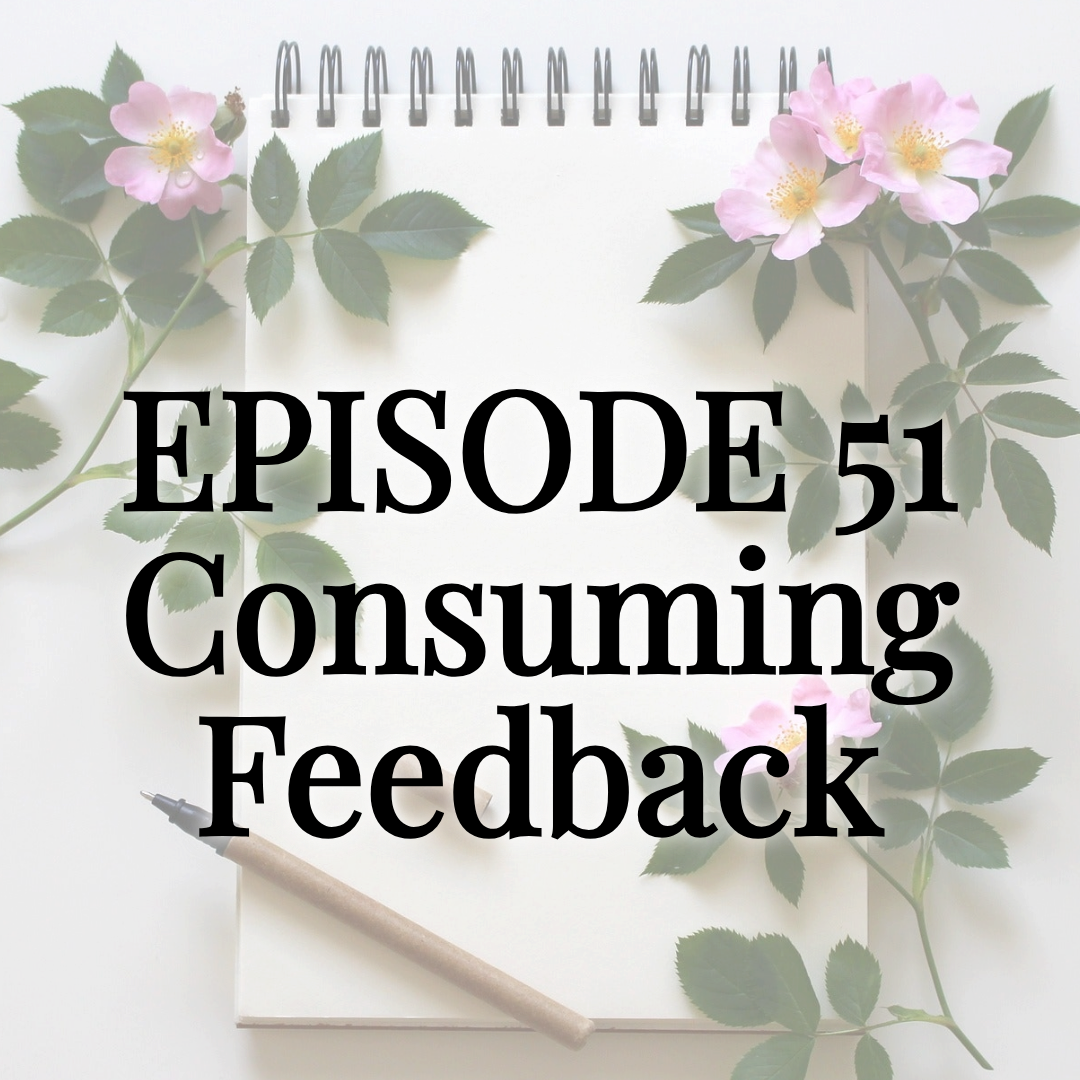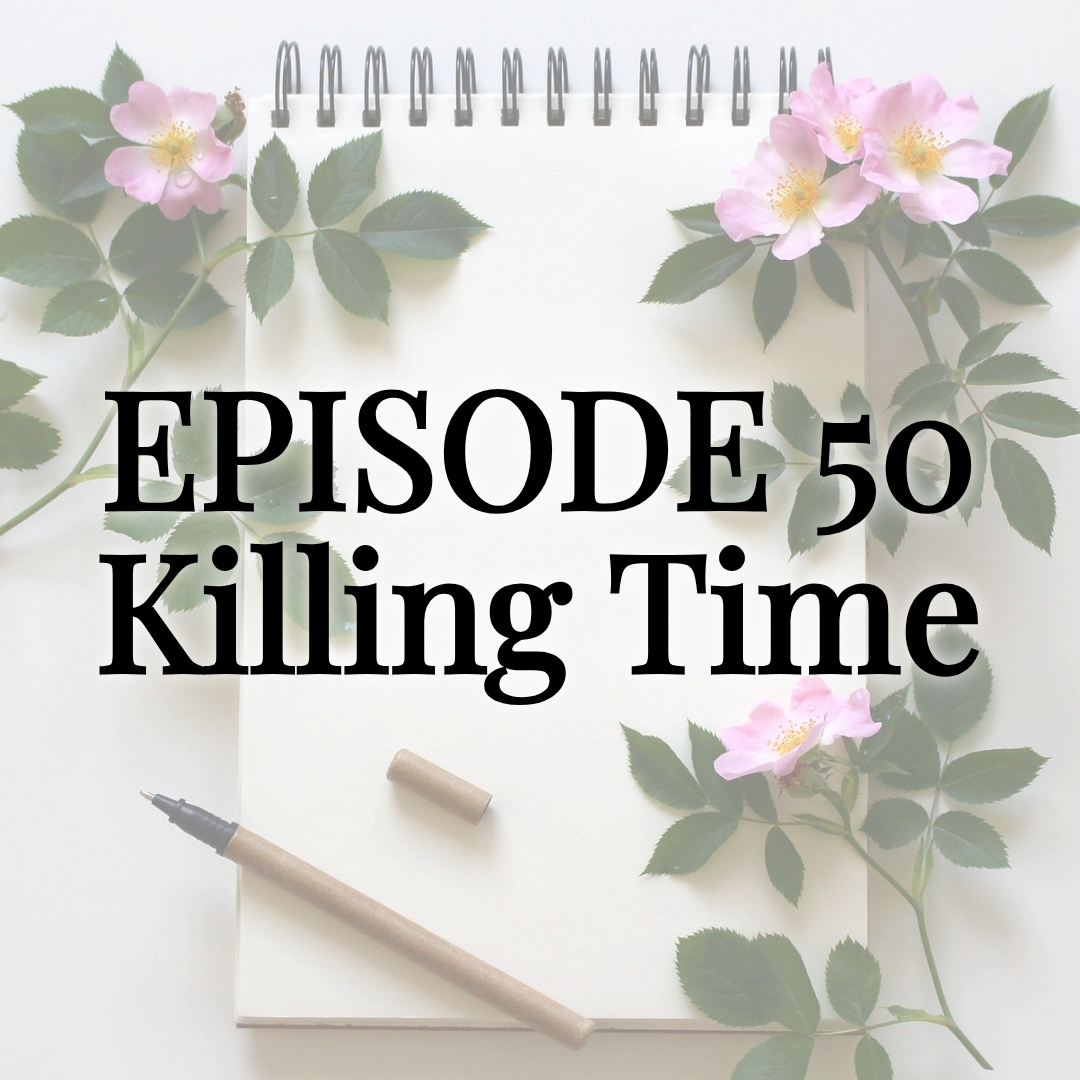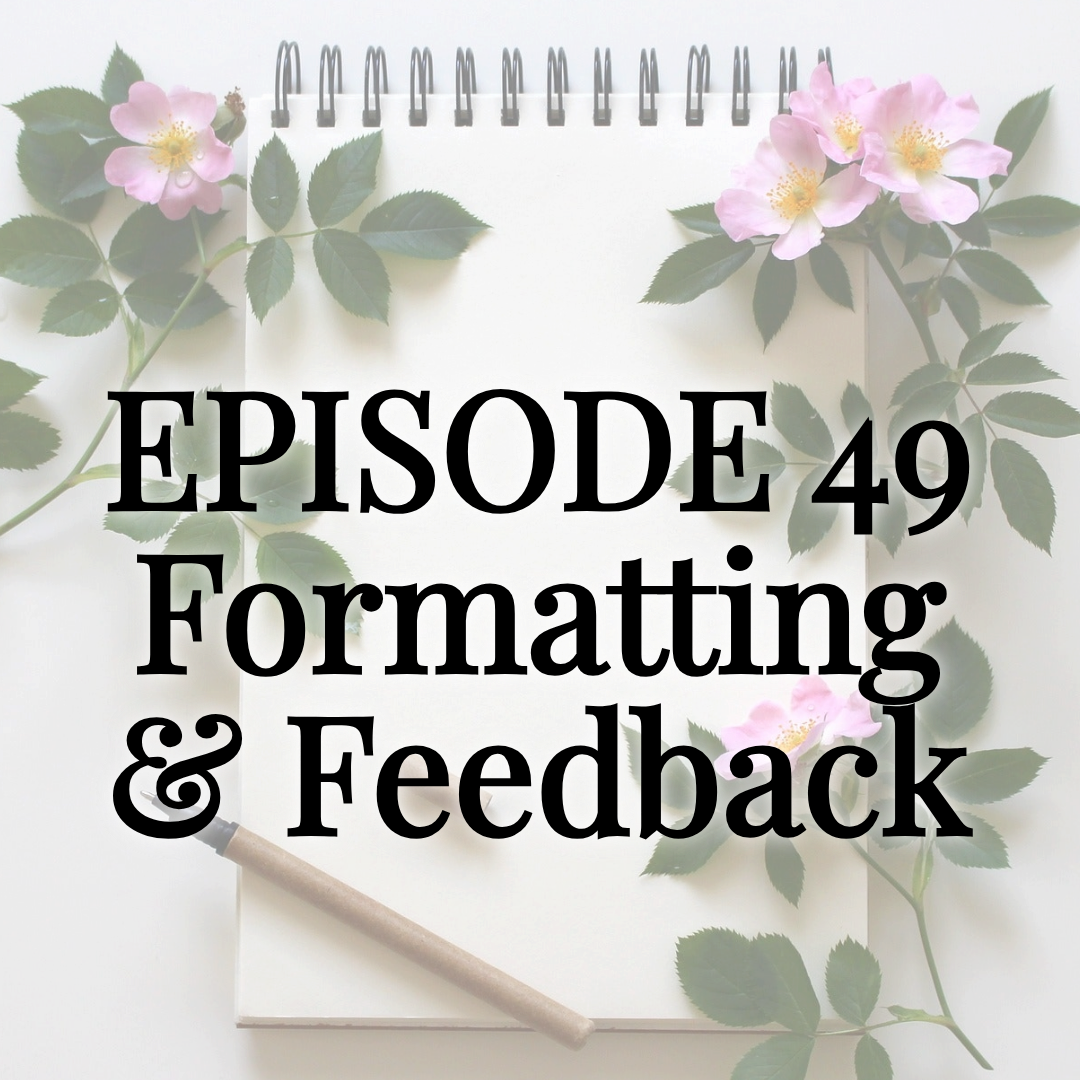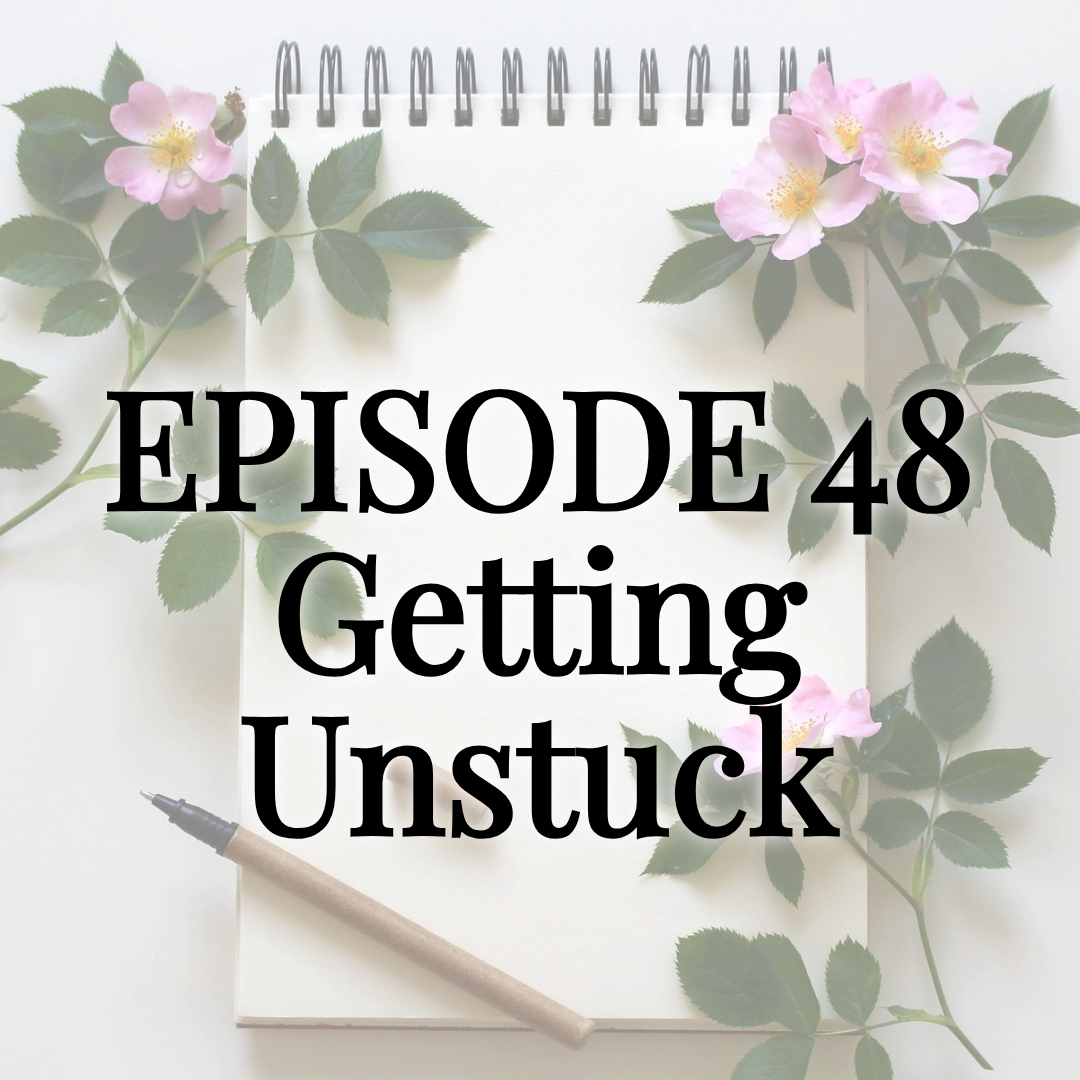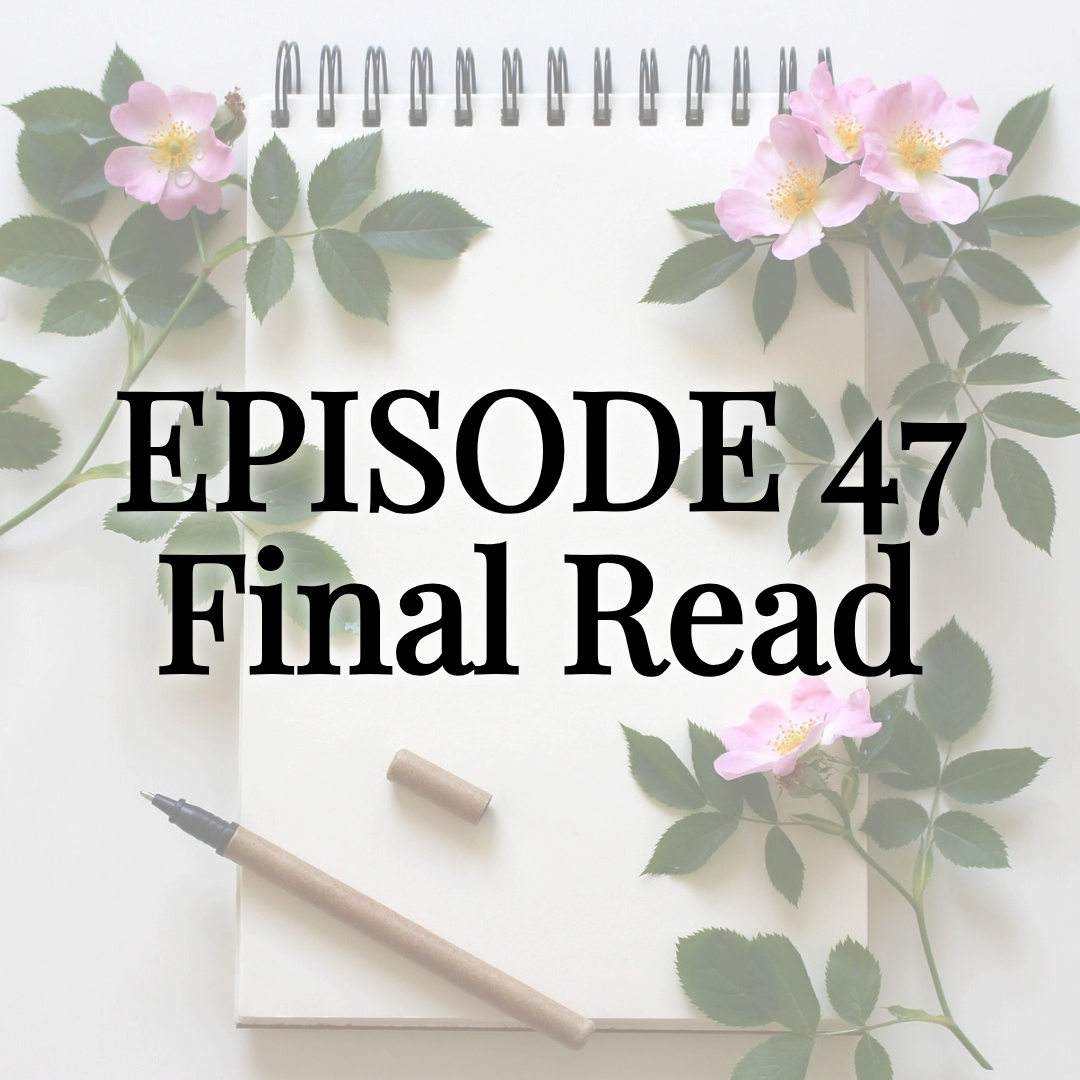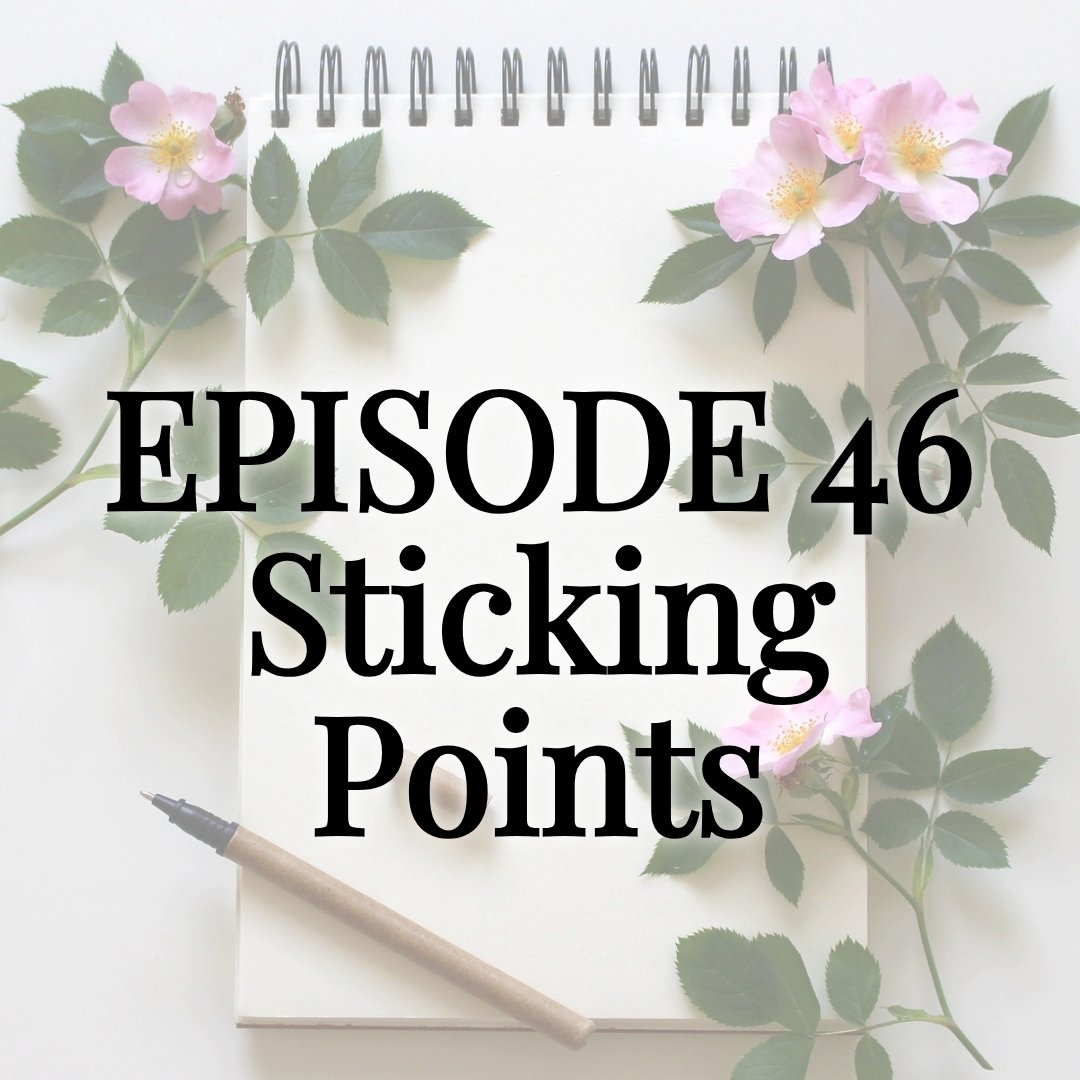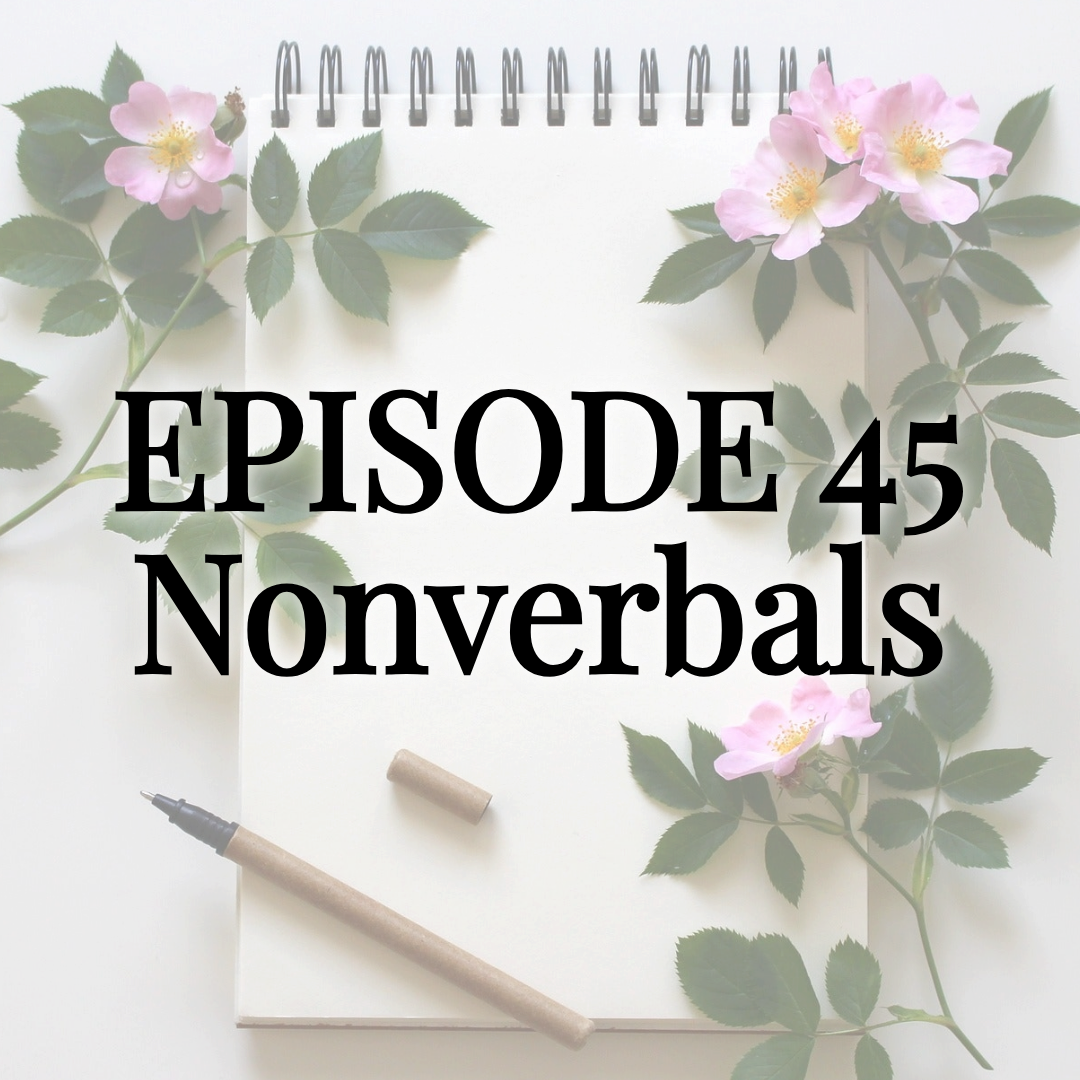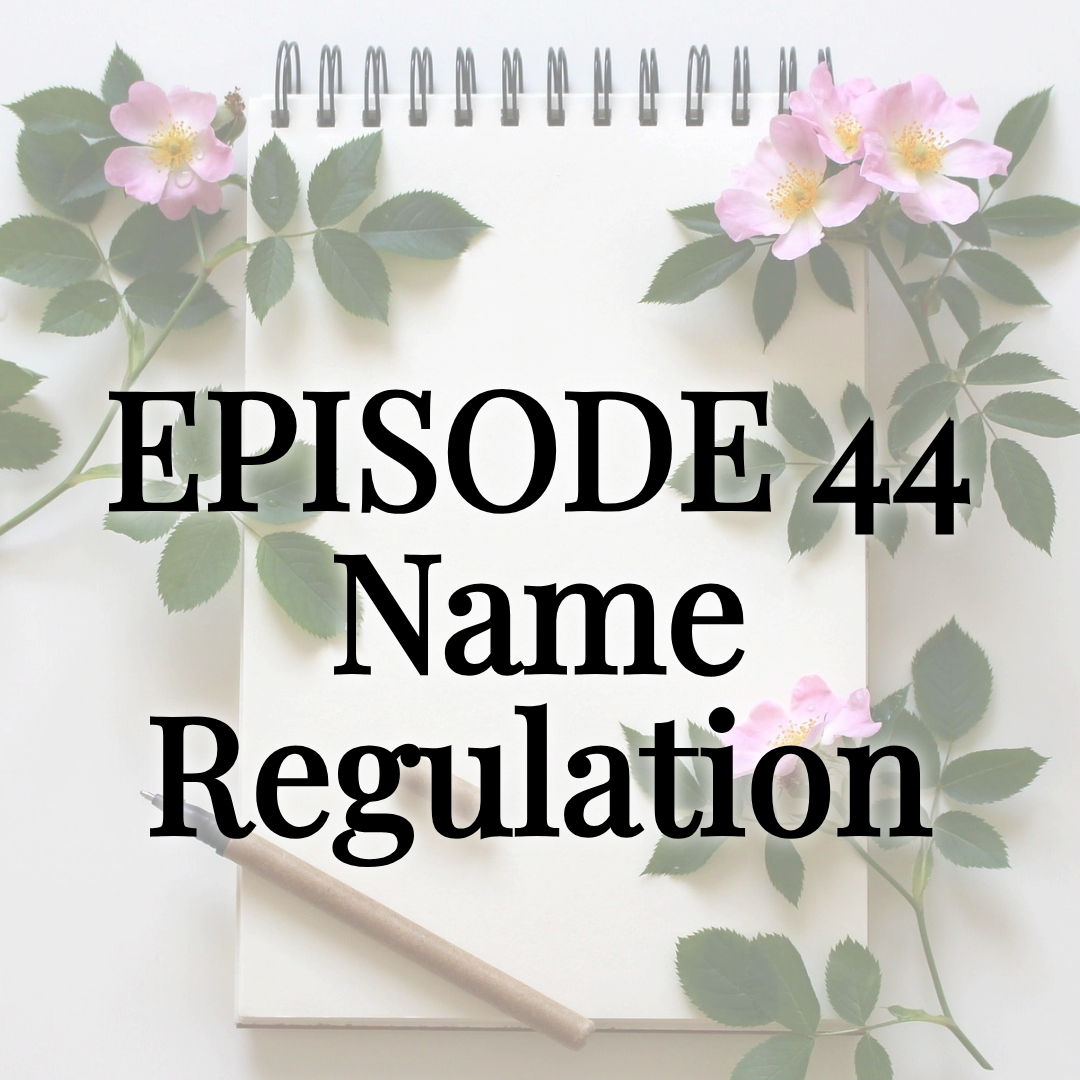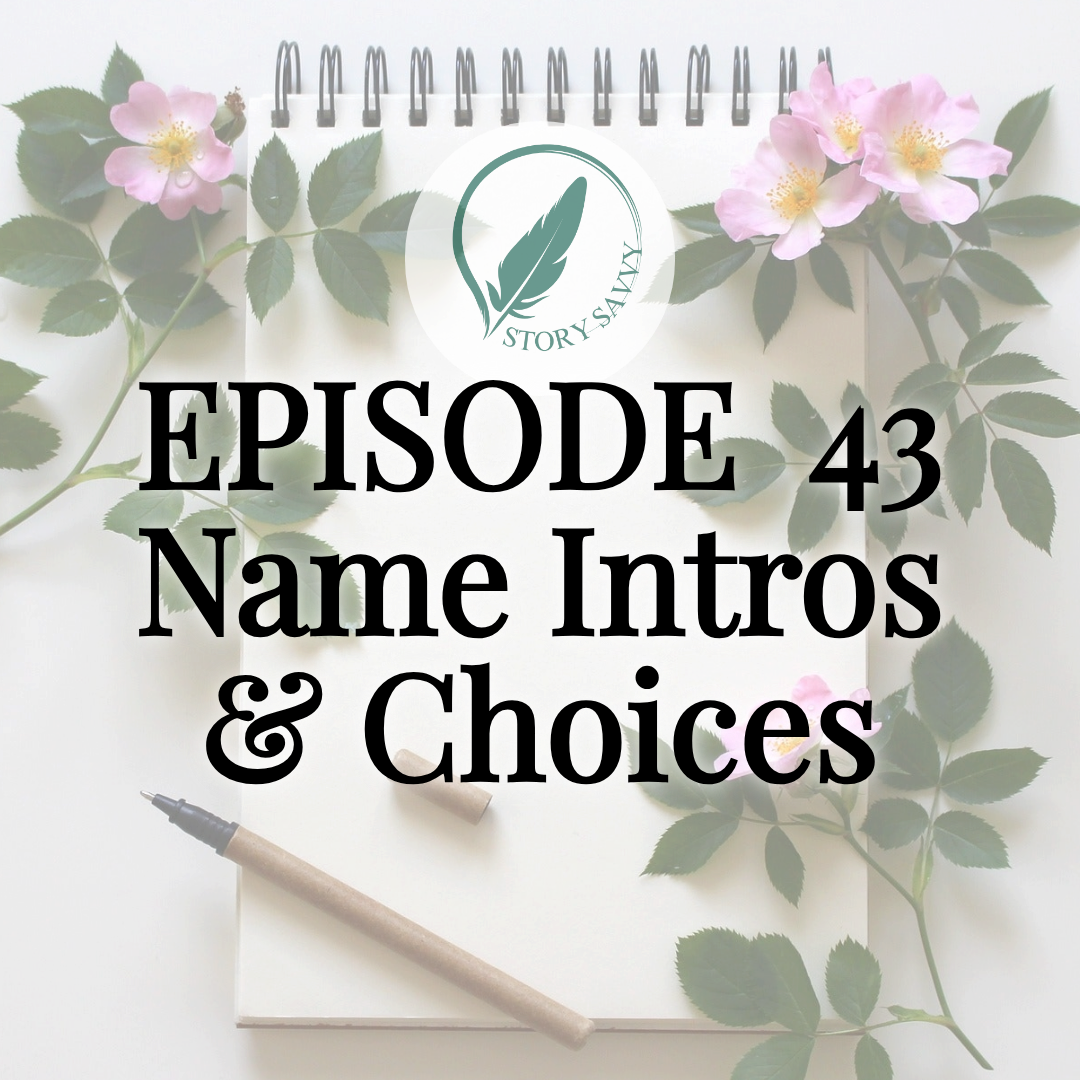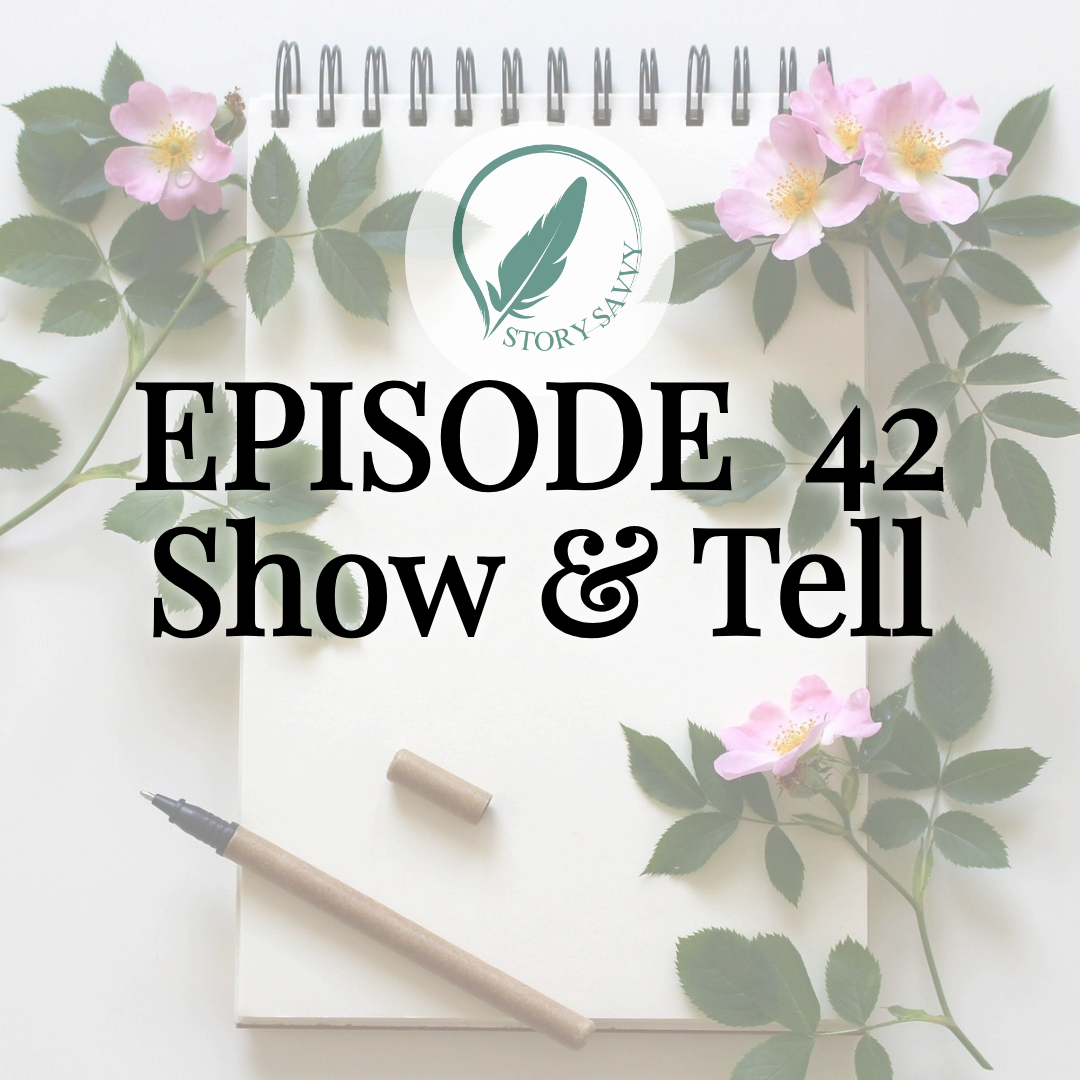Antagonists & Forces of Antagonism: Story Savvy Self-Editing Episode 11
Forces of Antagonism: After-episode thoughts, overview, and transcript...
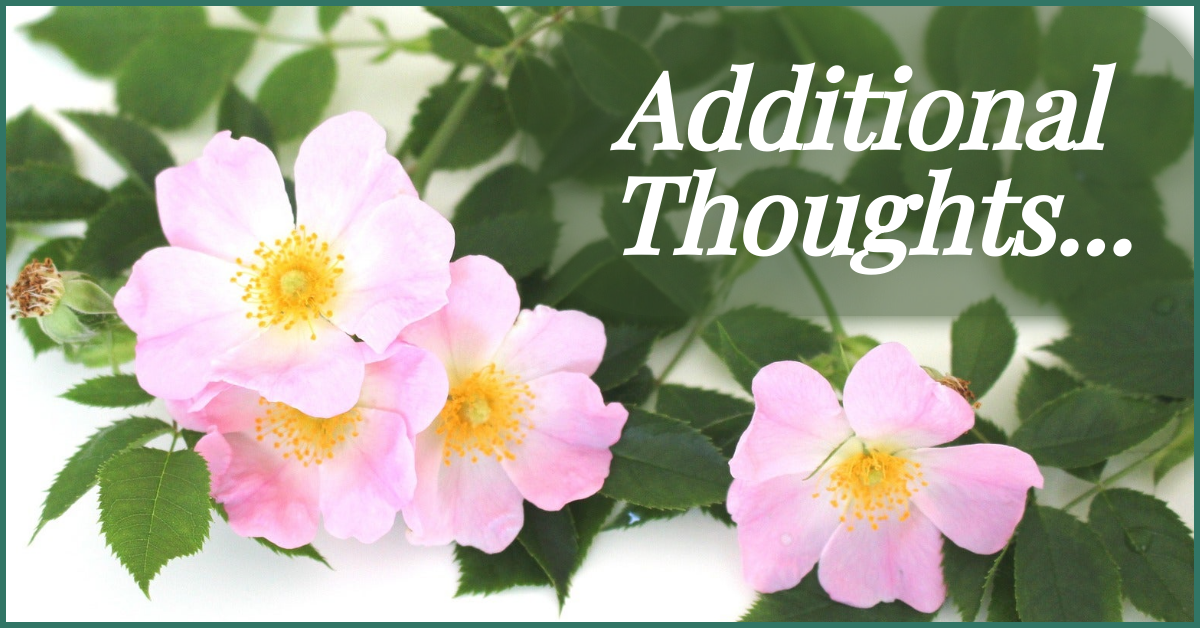
The idea of the antagonist and protagonist being the same character is a lot trickier than I was able to get into when Agnes surprised me with that topic.
Clarifying definitions: an antagonist is the character or force which directly opposes the protagonist around the global goals and stakes. Their moral alignment or motives play no part in this definition. A villain is a morally corrupt character which demonstrates actions, decisions, or beliefs in opposition to a heroic idea of goodness. A villain can hold any role in the story in relation to the protagonist or antagonist.
For starters, I'm not sure I agree with uses of that terminology as accurate or clear, and may have fallen into the same misuses of terms and concepts in trying to answer on the spot. There is a big difference between the protagonist being an antihero, and the antagonist being the protagonist. Even when the protagonist is morally gray or an antihero of some sort, the antagonist is still whoever is opposing them. For example, if you write a book with a serial killer protagonist, then the straight-arrow detective trying to catch them is the antagonist. In that case, the protagonist is the villain and the antagonist is the hero, but the protagonist is still the protagonist and the antagonist is still the antagonist. You simply chose to flip the script and tell the story through the agency and POV of the villain, which is fine and fun.
In order for the force of antagonism or antagonist to also be the protagonist requires deeply internal genres, where the biggest win/loss goal at stake in internal growth, maturation, disillusionment, or the like, where it really is an aspect of the protagonist's internal self, flaws, trauma, or the like which is the strongest opposing force to their global stakes goals. But even then, I'd encourage writers to also personify that fear, lack of responsibility, or what have you through a secondary character or several as well, otherwise the story may be too lacking in conflict to hold a reader's attention.
Beyond that, in order for the protagonist to also be the antagonist (again, there's a difference between the antagonist and a villain), you would have to play with the protagonist being multiple characters within one, like in the movie Split, in which case I strongly encourage you to check out the next episode which covers sensitivity research and readers.
I apologize for not being more consistent with this terminology while recording; I am more careful when providing developmental feedback, and have more time to craft my answers and thoughts.
Happy editing!
Episode 11 Overview:
Creating & Checking Effective Antagonists
"Do I have a clear and strong antagonist, or force or antagonism? Are they doing what they need to for the story and genre?"
Today, I go over what makes a great antagonist, how to write a compelling villain, and good options for forces of antagonism in genre fiction as we explore crafting unforgettable villains and compelling conflicts in this latest episode of the 52-Week Story Savvy series. Rebecca Hartwell, founder of Hart Bound Editing [http://hartboundediting.com], joins aspiring author Agnes Wolfe from Authors’ Alcove [http://authorsalcove.com] to break down how to make your characters strong, avoid flat villains, and ensure your antagonist drives the story forward in meaningful ways.
This episode explores how to create a compelling antagonist that truly challenges your protagonist, ensuring organic protagonist growth while strengthening the stakes of your novel. Rebecca shares expert insights on avoiding stereotypical villains, balancing character motivations, and making sure your antagonist’s presence enhances the protagonist’s journey rather than overshadowing it.
This Episode Covers:
- What makes a great antagonist and how to avoid common mistakes.
- How to craft Protagonist growth that feels organic and earned.
- The role of how to write character arcs in strengthening hero-villain dynamics.
- Avoiding predictable or cliché antagonists while maintaining reader engagement.
- How to balance character flaws and motivations for a well-rounded villain.
- Ensuring your antagonist actively opposes the protagonist’s goals to drive the plot.
- How to strengthen your plot through strategic villain development.
Whether you're drafting your first fantasy novel or revising your manuscript, these strategies will help you create antagonists that elevate your story and leave a lasting impact on readers.
Recommended Resources:
- Authors’ Alcove Membership Site – [http://authorsalcove.com]
- Book Giveaway – [http://authorsalcove.org]
See you next week for episode 12: Plot Hole & Sensitivity Research
Episode 11 Transcript:
Creating & Checking Effective Antagonists
Rebecca Hartwell: Hello and welcome to the Hart Bound Editing Podcast. This is episode 11 of the weekly Story Savvy series where we tackle the 52 biggest self-editing topics and tips to help you make your good story great as an aspiring author asks me, a developmental editor, all of the questions that you have wanted to.
We have covered a bunch of different topics in this series so far, including last week's episode on your protagonist and their character arc and how you can make sure that that is working well. Today we are going to cover the counterbalance to that, making sure that we have a solid antagonist for our protagonist to contend with. By the end of this episode, you will hopefully feel confident identifying your force of antagonism, whether or not it's working well for your story and how you might want to improve it.
Joining me today to ask all of the questions that you have wanted to is my friend and co-host Agnes Wolfe.
Agnes Wolfe: Hi. I'm an aspiring fantasy author who hopes to release her first middle grade novel later this year and also the host and founder of Authors' Alcove. I'm here today to tackle villains, antagonists, and the whole arena of whatever is opposing our protagonist.
So, to start off, I want to first ask the very obvious question, what quality should a good or great antagonist have?
Rebecca: What makes for a good antagonist or force of antagonism is that they are directly set against the protagonist in some meaningful way and that neither of them can easily get away from that conflict. The first part of that formula easily boils down into three different categories. Option one for that conflict is that the villain has the same goal as the protagonist but in a way where they can't both achieve their goal. So, for example, if they are rivals in a competition and there can only be one winner, that's a great example.
Option two for that conflict is that the two, the protagonist and the antagonist, have directly opposing goals around a set outcome. This could range from the villain and protagonist each wanting the love interest for themselves, so they're rivals in a romance, all the way up to a tyrant wanting to exterminate a whole demographic, and the protagonist wanting to protect those lives and freedoms. So, there's something common at stake, but the protagonist and antagonist want very different outcomes for it.
The important part with both of those options is that if the protagonist wins in their goal, then the antagonist has to lose an equal amount and vice versa. So, it has to be an only-one-can-win situation.
Option three for that conflict is the most nebulous and perhaps difficult to define, where the force of antagonism is something like a natural disaster or a giant shark or an entire social taboo or that sort of thing. So, in this situation, I do recommend showing that large nebulous force of antagonism personified through a singular secondary character. Like someone being a bigot to represent this societal taboo and acting as the voice for that larger force of antagonism. But when it's something like getting stranded on a desert island, which is a solid force of antagonism, then the trick is simply to use the challenges and stakes as the opposition to the protagonist's goals, such as surviving or leaving.
So as the force of antagonism becomes this sort of thing that you can't really name or put a face on, then the goal becomes for the protagonist to survive and get away from it and triumph over the unexpected blows that come in from the force of antagonism, whether or not that force is… what’s the word I’m looking for… malicious in directly targeting the protagonist.
The other quality that the antagonist or the villain really has to have to work as such is that the protagonist and antagonist need to be inescapable to each other. So, you as the author need to build in some compelling reasons why the protagonist is forced to continue interacting with and/or contending with the force of antagonism and why that is unavoidable in the long run.
Bonus points on this—not a requirement, but bonus points—if the global inciting incident, so whatever sets off this whole story, comes directly from the villain in genres that expect that, like action adventure and thriller.
Agnes: I know, probably because I am a fantasy reader and fantasy writer, I often think of—when I think of the antagonist—I think of the villain. Like, you know, Sauron in Lord of the Rings, or Amarantha from ACOTAR, or being a Potterhead, of course, Voldemort. So, I think it's important to first—let's just define what is an antagonist and how much flexibility do we have when creating our antagonist?
Rebecca: Lots. I just touched on some of that, like it can be anything from getting stuck on a desert island to a rival lover. In fact, this is a great place to brainstorm more innovative options for your story than perhaps first come to mind.
Well-meaning rivals, nosy busybodies, environmental factors, full-blown monsters, and so many other archetypes can be great primary *antagonists beyond that, you know, the evil guy in the castle kind of villain. As long as they meet the qualities that I just listed a few moments ago and fit into your story, it does not have to be a classic villain.
As to what really sets the antagonist apart from other antagonistic characters, there are a few aspects to consider here: First, like we've discussed with the protagonist in the last episode, the primary antagonist is going to be the one who has the most agency in opposing the hero or creating difficulties more than the other characters who might be the antagonist.
So, is the person you want to be the primary antagonist the one making the most decisions that most hurt the hero or make things harder for them? Second in that consideration, do they have a strong enough presence in the story that they are a noticeable force of momentum and conflict, pushing that protagonist either forward or back, however they are aligned in that story?
Third in that consideration: are they the direct force or avatar (so, personified character), which the protagonist must overcome in the climax or leading up to it in some genres like romance? So, for example, if you were writing, say, a young adult performance plot story, then the other dancer or musician that the protagonist is trying to beat out to win the audition or the contest probably isn't evil. Because they're a teenager and teenagers are very rarely evil. And they just have the same goal as the protagonist. So they're not going to be an evil villain or even necessarily a bad person.
But the very fact that they are in a position where, at every turn, they are what is opposing and pushing the protagonist to better themselves and to push themselves, and introducing hurdles like, for example, booking the rehearsal space when the hero needs it or bribing the judges or something like that, then that character is going to be the antagonist because it is that rival which the protagonist has their direct confrontation with at the climax, at that performance, and that is what is going to mark them.
And you can try to tell your readers that someone else is the villain, but it's always going to come down to whoever is actually acting and performing that role is who the antagonist is perceived to be.
Agnes: You know, actually, one of my favorites—I don't know if it’d be considered a trope or whatever—that I actually really enjoy, especially when it's not fantasy (because you don't see this much in fantasy… well, I guess you do a little bit,) but when the protagonist is actually the antagonist. I love that, like in Death of a Salesman. And you do see it to a smaller degree in fantasy. But I love it when, like, the main antagonist is also the protagonist. That's one of my favorites.
Rebecca: Very fun to play with that.
Agnes: But my question actually is, how is creating a classic villain different from the antagonist?
Rebecca: Primarily, this is where you are most likely to fall into cliché and overdone tropes.
So, for example, the dark gentleman, you know, twirling his evil mustache, or the dangerously attractive and independent femme fatale are all very much tropes of that personified villain. So, as with any trope or cliché, there's a line to walk between delivering what people love to hate—especially in the villain, I can think of so many villains that people talk about just loving to hate—without falling into either harmful or derogatory stereotypes about that kind of person, or just, you know, seeming like you're plagiarizing someone else's villain idea.
So, a little bit of advice there would be, you still want to twist or innovate some layer of those expectations. We've talked about iterative brainstorming before, so that can be a tool that you can use there. For example, that twist might be in the villain's relationship with the protagonist, or it might be in their goals, or how they go about pursuing their evil plan or the like. But with forces of antagonism, you have to give that a lot less thought. But when you're creating a VILLAIN villain, an actual person who is the villain, then you need to do more work to make sure that it is interesting and unique. And there are solid reasons behind what they're doing.
Agnes: So, you know, I had mentioned that one of my favorite tropes is when the protagonist is the antagonist. And you see that to a lesser degree in fantasy, because usually they're not the main antagonist.
So, my question is, should I generally have just one main antagonist?
Rebecca: It depends, like you were just saying, largely on your genre and subgenre and tropes. So, for example, like I'd mentioned earlier, you might have a force of antagonism, which is super nebulous, like a social bigotry or climate situation or that sort of thing. But in all other circumstances, it can be very helpful to have one primary antagonist, which represents the collective aspects of whatever the secondary villains might have or be up to.
It will help with investment, as readers are more likely to latch on to seeing how this one nasty person gets their comeuppance than how a vague group or, you know, climate situation might lose to the protagonist in some less cathartic way. It can also help a lot with pacing, as you can use upcoming anticipated encounters with that one primary antagonist to pull their interest forward deeper into the story.
It can also help with a lot of theme and message delivery, if you can really show the two sides of your double factor problem, like we had talked about back in episode 10, personified and shown through your antagonist on one side (hopefully, probably the wrong side), and then your protagonist (hopefully, probably on the right side) of that, and then show their direct conflict to illustrate that issue.
Worth noting here is that in stories with nebulous forces of antagonism, that double factor problem is more likely to be about how it's best to try to escape or how it's best to try to survive or stay secret or pursue your goals within that nebulous force of antagonism. Rather than with that direct approach of having a personified antagonist and protagonist going at it as people.
Agnes: So, I know one of the main goals of an antagonist is to move the story forward, to move the protagonist either forward or backward. So how do we know if the external forces, particularly the antagonist, are impacting the main character's choice, and we're doing an effective job of pushing the story forward and affecting our protagonist?
Rebecca: I think I'll answer by expanding on what I'd said earlier about making sure that the protagonist can't escape that antagonist and/or the other way around. Making sure that they're stuck together. So, try asking yourself: how is that forced proximity causing friction? Why—how do I want to put this—what tensions and what arguments and what conflicts of interest are coming up because these two people are forced to interact with each other?
You can also ask yourself: What hurdles are ending up in the protagonist's path because the antagonist is chasing their own goals or chasing the same goals? How is the protagonist getting in the antagonist's way? And what is the antagonist doing to get them back out of their way so that they can get what they want and what they need? And then, how are you making sure that when they come into conflict, that matters. And that it is making changes and forcing the protagonist to act.
I will say that the antagonist doesn’t have to oppose the protagonist—they can also try to recruit them. So, for example, if your protagonist is, let's say, trying to win an election and the antagonist is trying to win the same election, then maybe the antagonist, rather than just smear campaigning your protagonist, tries to recruit them—like, "Hey, well, why don’t you run as my VP? And then you can still have what you want, and I can get what I want."
So, it doesn’t have to be conflict, but it definitely has to have some form of trying to get the protagonist off of their goals, off of their path.
So, these are just some of the ways to make sure that your antagonist is helping push the story forward. But I don’t think that this is something that's worth stressing over, especially in the self-editing phase. And it definitely doesn’t need to be present in every scene, but definitely check a couple of the places where you think that that matters the most in the story.
Agnes: I know, especially in middle-grade fantasy, but fantasy in general, our villains are often less sympathetic than, like, in other genres. So, what are some pros and cons to making a villain sympathetic as opposed to a truly villainous character?
Rebecca: So, on the pros side, it can really help to avoid falling into too much of a clichéd trope if they are very humanized and very sympathetic. It can make the villain more interesting, which is usually a good thing. And can also make the reader think a lot more deeply about the villain’s side on whatever the issue is of the double-factor problem, if you're using that as a means to illuminate your message or theme.
On the cons side, for making them very sympathetic, it can muddy or completely undermine your theme or message or direction, and more if the reader ends up connecting with the antagonist (or even just finding them far more interesting) than the protagonist.
And what you were talking about earlier, where you love the trope where the protagonist is the antagonist, this can not matter; this can be exactly what you're going for. And in fact, if you want your antagonist [correction: villain] to be the protagonist, this is how you do it. You make them so humanized, you make them so… what was the word you used? Just like understandable and sympathetic and all that kind of stuff. It can be tricky if you're not going that way—if you want to actually have a force against your protagonist—it can be tricky to walk that line between avoiding overblown and two-dimensional antagonists without making them too likable or having that overshadow the protagonist too much. But just being cognizant of that and making sure that their cruelty or other negative traits seem very justified to them, without excusing it too much to the reader, is a nice wide middle ground that I think most authors can probably hit without too much worry about it.
Agnes: So, I’m thinking specifically, especially in a series where you’re going across a time span.
So, my main villain, if people knew his whole backstory, they would be a lot more sympathetic, but I also do not want to share too much because I don’t want to share too much backstory too early. So, my question is, how should we deal with antagonist motivation across a series as opposed to the first book?
Rebecca: Yeah, this depends heavily on each individual story, so I don’t really have a blanket answer to offer on this one. The most that I can suggest is that it might help you to look at the levels of depth as much as anything.
So, for example, rather than wondering whether to tell the reader about how a villain grew up poor or not mention that at all, consider clearly establishing that the villain’s motives are the soul-selling, deal-with-the-devil level of accumulating wealth with maybe one mention that they want it so much because at one point they had nothing.
And that’s like the surface level of that backstory. You can just start there and then drip feed details about what that having nothing looked like for them and how that got to their desire for wealth little by little over that series.
The one other consideration there specifically that might universally apply is to keep a careful record of your motives and backstory, especially when you're going to spread it out like that and drip feed it in. So that you can make sure that you are being consistent, which in itself is kind of a reason to be vague early on and just give the bare minimum so that you have more flexibility for how you want to fill in those details once things are more fleshed out and you perhaps have a better feeling for where you want to go.
So, specific to your concerns, I think that it’s generally a good idea to know more about your characters, including the antagonist, than you tell the reader. As that can really help to let those subtleties come through in subtext, which is ideal.
However, I do warn you to be cautious about intentionally withholding information. The balance I try to strike in my own work, and have helped some clients to get into, is that the setup naturally occurs to mention some part of the backstory. So, it would naturally come up in conversation or naturally come up when introductions are being made, something like that, and then to do so succinctly in that moment.
But in that, avoid the other extreme of intentionally withholding too much, so the opportunity arises and you don’t use it, but balancing that against, again, that other extreme of shoehorning in that info because you came up with it and you want to present it to your reader when it’s not actually needed or relevant or natural to present.
Is that helpful? Does that answer your question?
Agnes: Yes. So, my next question is, when we think of certain genres, we definitely think of certain types of antagonists and those sorts of things. You're going to think of a different type of villain when you're thinking of middle grade as opposed to romantasy, which is totally different. So that leads me to this question: Does genre affect what kind of antagonists we should use, and how do we know what kind of antagonist to use?
Rebecca: Yes, it should have a major impact on what kind of antagonist you use. So, I've touched on this a little bit already, but genre does have a big influence, and you should be researching what kind of antagonist or force of antagonism is expected or could work, possibly.
For example, in romance, an overbearing older relative could work, a rival could work, a rival for affection with the other person, like I mentioned earlier. These are all appropriate villains for romance.
In horror, a giant interdimensional monster could be the perfect villain. However, if you tried to swap those, you'd likely either change your genre by doing so or deeply confuse and disappoint your readers, or all of the above, because a giant interdimensional monster is not an appropriate villain for contemporary romance or historical romance or whatever's there.
So, for middle-grade fantasy, a classic personified villain is a perfect choice because it is well established, it is expected in the genre, and there's space to still innovate with that.
It's not the only choice that you can make there, and I do appreciate how you [Agnes] managed to give your personified villain some unique twists and slowly reveal those over the story to keep it from being too clichéd.
Agnes: So, I heard once that the villain needs to believe that they are the hero of their own story. First off, I want to know if you agree with that, and second, how else could I know my villain is compelling?
Rebecca: If that mindset is helpful to you or any of our listeners in giving your antagonist dimensionality—making them more than two-dimensional—then that’s great. However, I don’t think that that should be considered a rule by any stretch.
Not everyone is motivated by a hero complex, and that applies to villains too. Desperation, the need for validation or approval, wanting to improve the lives of their family, achieving success or accolades, or a ton of other non-heroic things are great motivators as well. The important thing is just that the antagonist—assuming it's a personified avatar—has a solid, clear motive and/or goal, whether that’s seeing themselves as a hero or not. It can be whatever you need it to be. So, thinking that the villain has to see themselves as a protagonist, as a hero, is a mistake, but they do need to have some kind of driving motive.
Agnes: So, I know we need to wrap up, but I did want to ask one last question. What are some of the biggest mistakes that you have seen as an editor, as a writer is developing an antagonist?
Rebecca: I think we've already touched on this a lot. Making them too flat or too cliché or too over the top and overblown. Failing to give them a real motive or goal, like I was just talking about, or failing to build in solid enough reasons that the protagonist and antagonist are forced to contend and reckon with each other.
The last common-ish mistake that I've seen my clients make in their work is simply a lack of antagonism. Tension and conflict are a huge part of making any story interesting at whatever level or intensity is appropriate to that genre.
In all of the books that I can think of right now that had the biggest issues with a lack of momentum and pacing, it was always largely due to a solid lack of force of antagonism. Or that the antagonist was too far away and too theoretical, rather than actually having any tangible impact on the story at all, or at least until it was too late to really feel their presence and feel that antagonism and that driving momentum.
Agnes: Well, thank you so much for answering all those questions. I really appreciate all that you share. I really appreciate this opportunity as well.
Rebecca: Of course! Next week, we will revisit the topic of research—nobody groan too hard—but this time on the micro scale. So, for specific moments or elements within our stories, not genre research like we've talked about before.
For now, I would like to thank everyone for following along with this series. You can all really help us out by liking and subscribing to the Hart Bound Editing podcast and the Authors' Alcove podcast, where you can find lots more content for fantasy authors and readers beyond this joint series.
Agnes: I can't wait to talk with you again next week.
Rebecca: Bye.
Rebecca: Thank you so much for listening to the Hart Bound Editing Podcast. I look forward to bringing you more content to help you make your good story great, so it can change lives and change your world. Follow along to hear more or visit my website linked in the description to learn how I can help you and your story to flourish.
See you next time!
